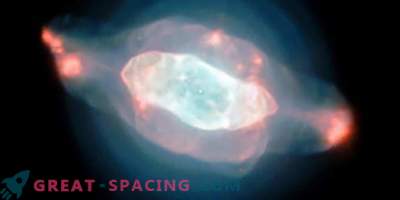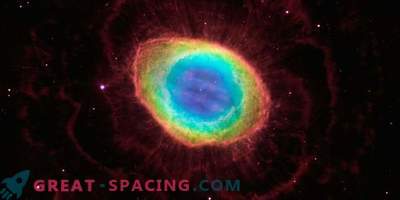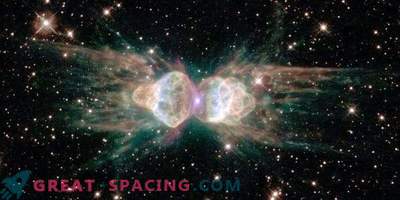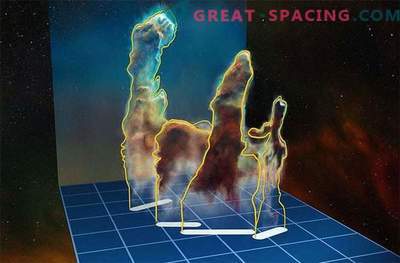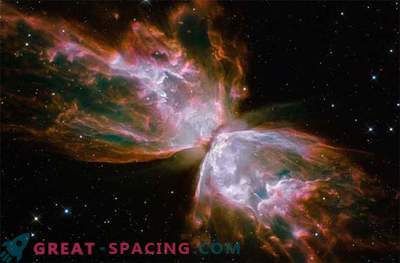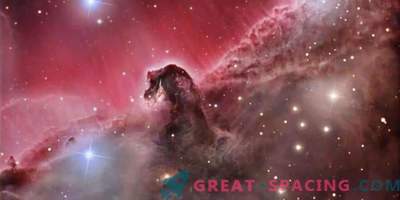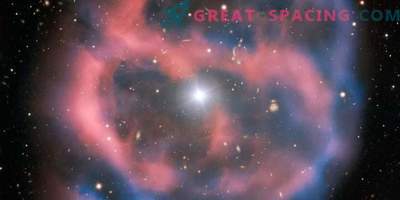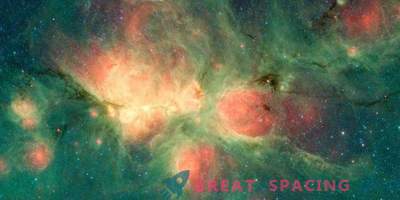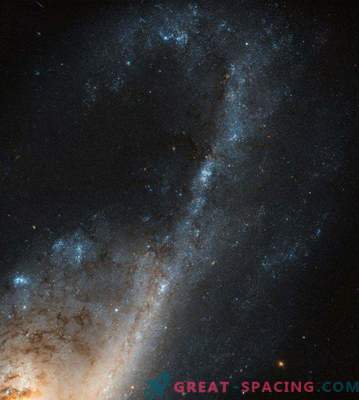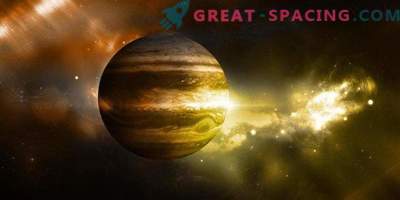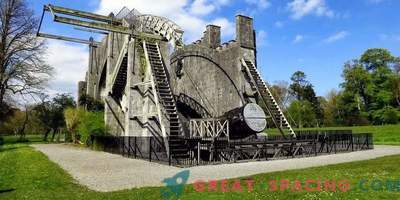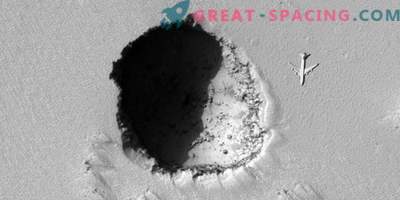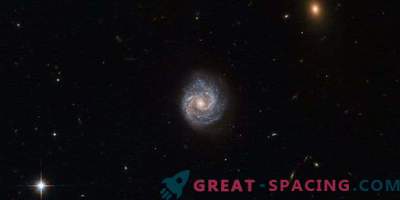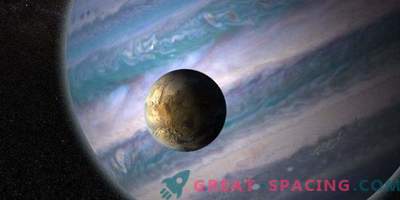
A planetary nebula is a corpse left over from the death of a star. When the planetary nebulae first appeared in a telescope, they represented a circular shape resembling giant planets. This was the reason for the name, although it does not reflect the true nature of the objects.
In a recent study using the MUSE spectrograph on the Very Large Telescope, it was possible to find unexpected complexity in gas and dust ejected by the red giant at the end of its existence. The distribution of temperatures and densities within the nebula does not fit into existing methods and provides interesting information.
We are talking about the Saturn Nebula (NGC 7009), which demonstrates a number of structures associated with various atoms and ions. Analysis has shown that these structures represent differences in the properties inside the nebula, such as higher and lower density, as well as high and low temperatures. In a single review, MUSE can capture 900,000 spectra of tiny areas in the sky, which guarantees a lot of data for years of analysis. Studying the information, the researchers obtained maps for four temperatures and three densities. They are all different and show that the gas inside the nebula is not homogeneous.
The presence of dust can also be demonstrated from the color change between different hydrogen emission lines, and the expected color is determined by atomic theory. The team found that the distribution of dust is devoid of uniformity and a noticeable drop at the edge of the inner gas envelope. All this speaks of abrupt changes in dust emission during the last stages of the star's death or local dust formation and destruction.
The findings also suggest that modern methods for determining helium should be improved. The analysis reaffirmed the importance of the role of MUSE in the study of planetary nebulae.
